Mars Reveals Huge Amounts Of Hidden Water Ice
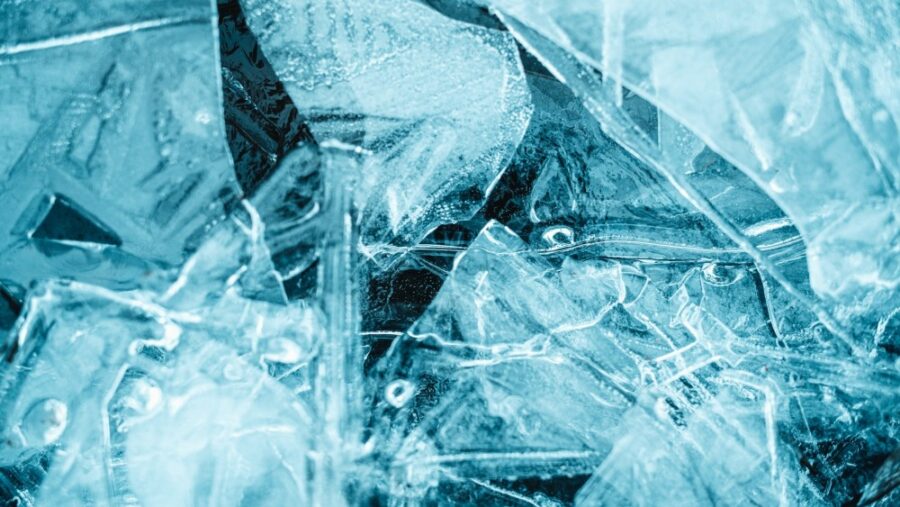
In the film Total Recall, a major part of the plot involved the potential ability to provide oxygen to the red planet, allowing residents to safely breathe its air. In real life, those planning to colonize the planet can’t count on breathing any oxygen they don’t create themselves, but that doesn’t mean they won’t have any oxygen on the planet, albeit in a different form. Recently, a radar survey of the Medusae Fossae Formation in Mars’ equator revealed kilometers of thick ice buried beneath the surface.
How Much Water Was Found On Mars?
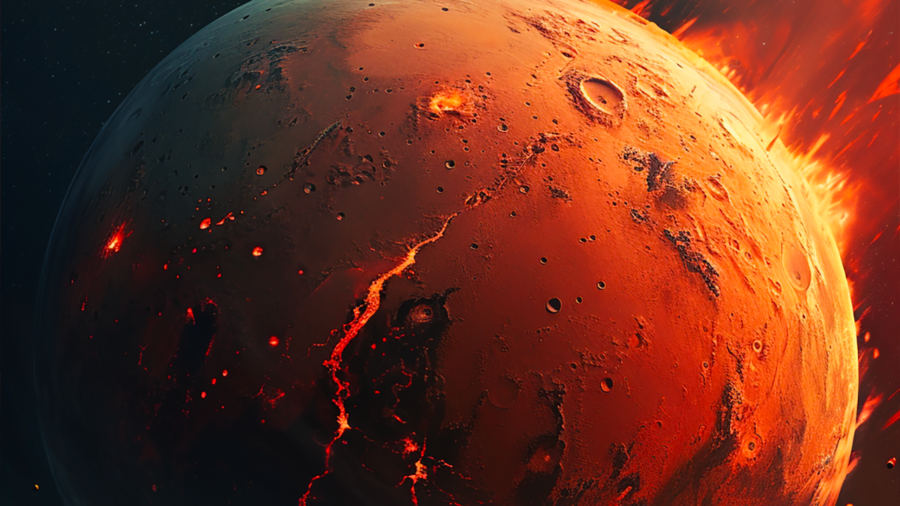
Long ago, writers and scientists alike thought of Mars as an arid planet…the crimson equivalent of the Tattooine desert from Star Wars. Eventually, science was able to confirm the theories held by certain researchers and other scholars that the planet had ice deposits covering its red surface. However, what makes this recent discovery so exciting is that it officially represents the most water that has ever been found in the middle of the planet.
By itself, there is enough water buried here to potentially obliterate the remaining myths about Mars being a planet that is completely dry. How much water is “enough water,” you may be asking? We’ll put it to you this way: there is officially as much water in this area of Mars as there is in the Red Sea here on Earth.
Plenty Of Water To Cover The Red Planet
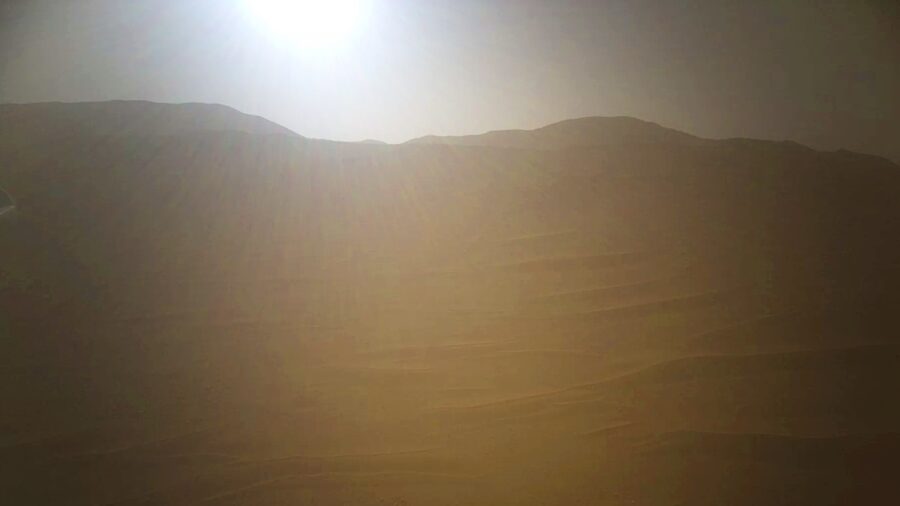
Another way of looking at how much ice has been found on Mars is that it could theoretically turn the “dry” planet into an ocean planet. If we could somehow lift all of that ice to the surface and melt it, there would be enough water to cover the entirety of the planetary surface. Granted, it would be a shallow ocean (no more than 8.9 feet deep), but this should give you an idea of how much potential water we are talking about.
One Step Closer To Colonization
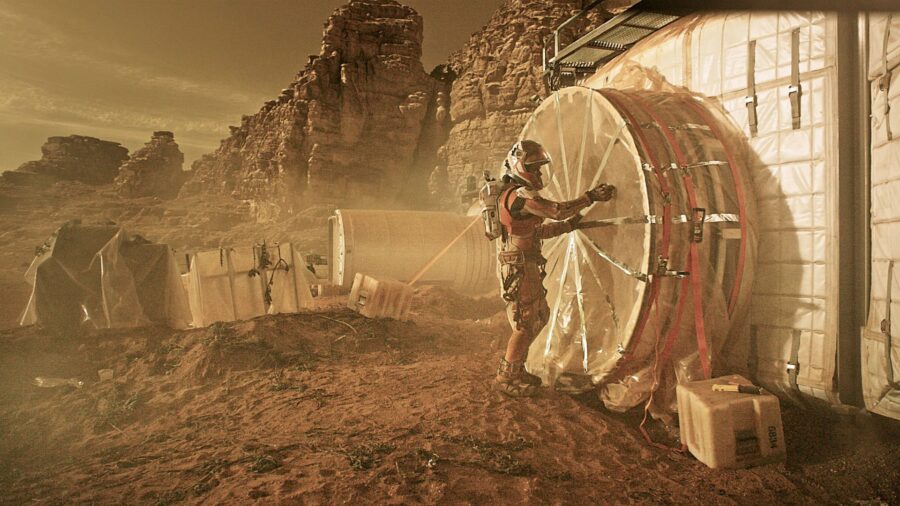
Interestingly, scientists detected the first hints of this buried Mars water ice way back in 2007, but they lacked the proper instrumentation to really figure out what they were looking at (the buried deposits could have simply been dust or even volcanic materials).
Now, tools such as the Mars Express’s MARSIS radar have been able to help researchers gain plenty of granular info about this icy area of Mars. Now, as technology continues to improve, discoveries like this could be the key to our future colonization of the red planet.
Major Water Supply
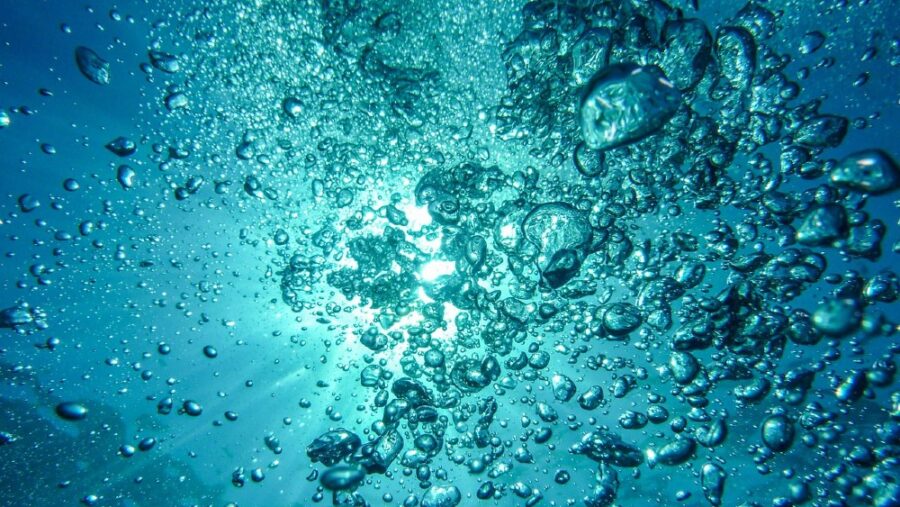
The reason for that is simple: future Mars colonists will naturally want to live in the safest areas that also offer the most abundant resources. In this case, setting up a colony near all of this buried ice would potentially give colonists a major water supply. It’s not an infinite supply, of course, but the less water they have to bring with them, the easier it will be for future colonists to make Mars their new home.
Where Did The Water Come From?
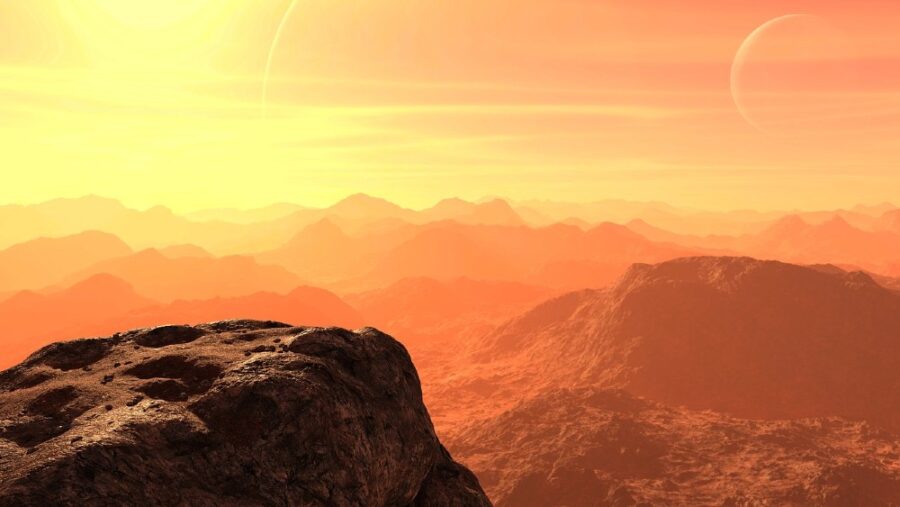
As always, this new discovery has left the scientists studying it with even more questions, including where the ice deposits came from and whether the planet’s climate once supported water (right now, all of Mars’ water is in the form of ice). However, we’re just excited because discoveries like this move us one step closer to making Mars colonization a reality.
Soon, future colonists may be able to tell others hoping to reach the red planet what Arnold Schwarzenegger tells Michael Ironside in Total Recall: “See you at the party.”












